Stay up late for a chance to see the first total lunar eclipse since 2022. From Redlands, CA the times to know are:
- 10:09:40 pm (Mar 13) – Partial Eclipse begins
- 11:26:06 pm (Mar 13) – Total Eclipse begins
- 11:58:43 pm (Mar 13) – Maximum
- 12:31:26 am (Mar 14) – Total Eclipse ends
- 1:47:52 am (Mar 14) – Partial Eclipse ends

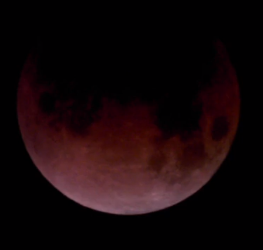
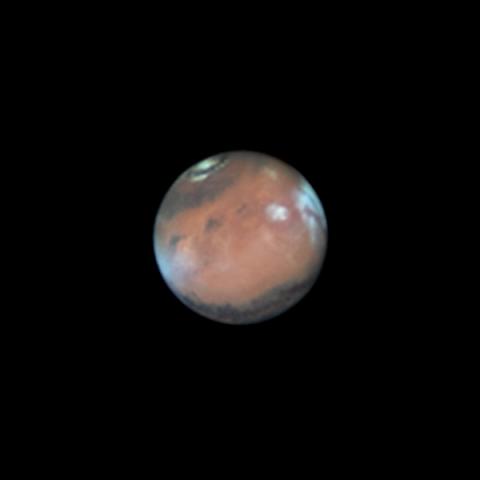


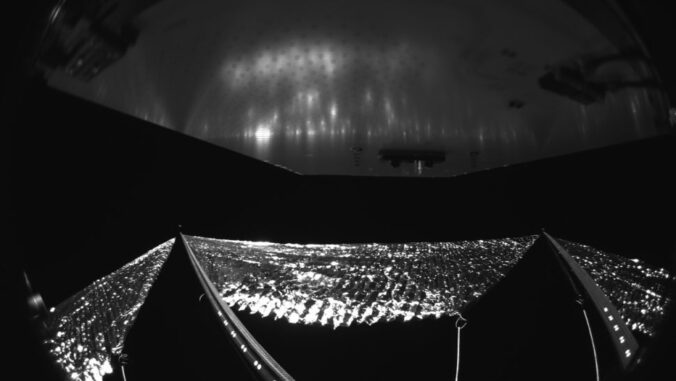
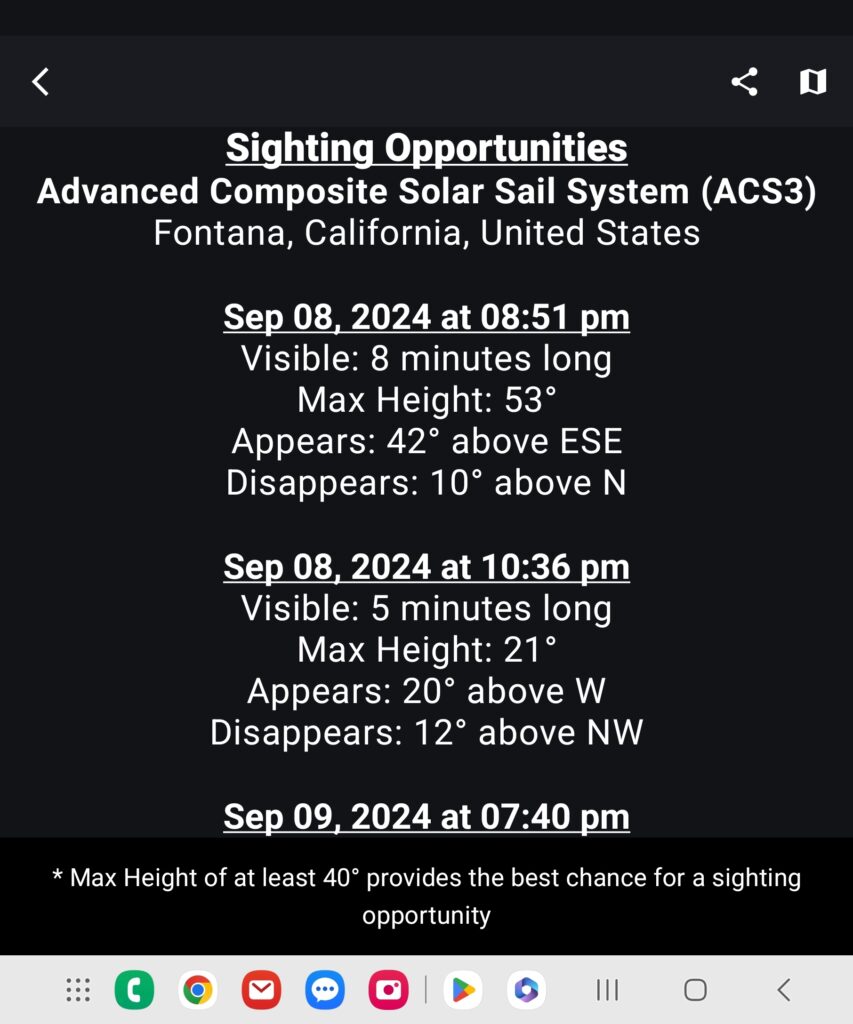
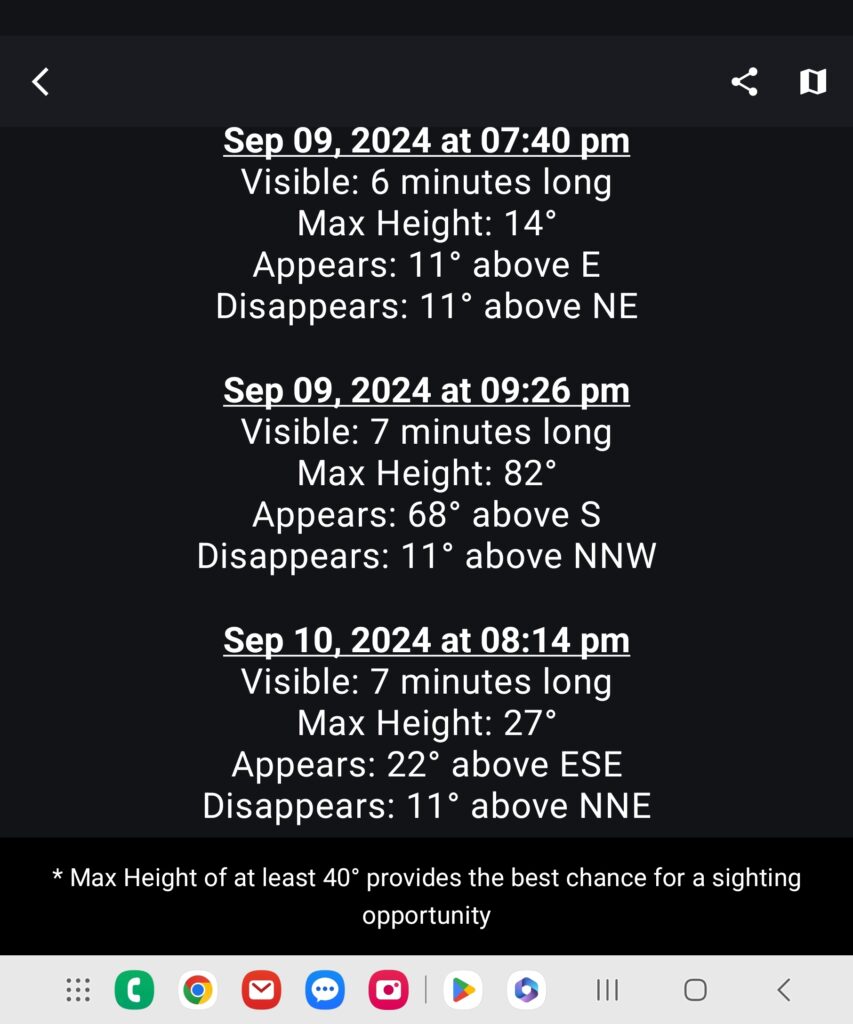

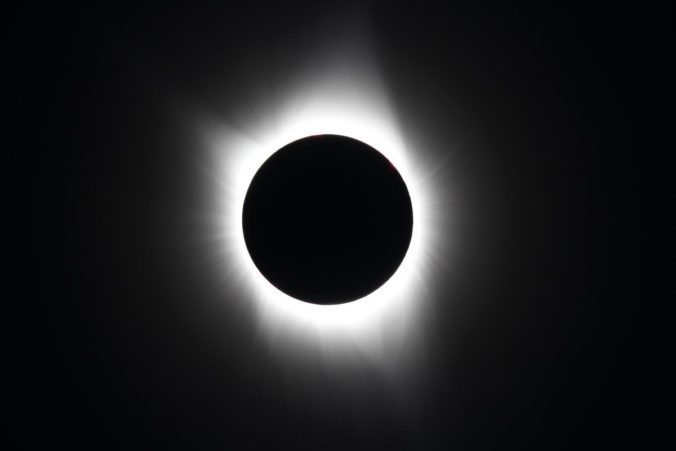
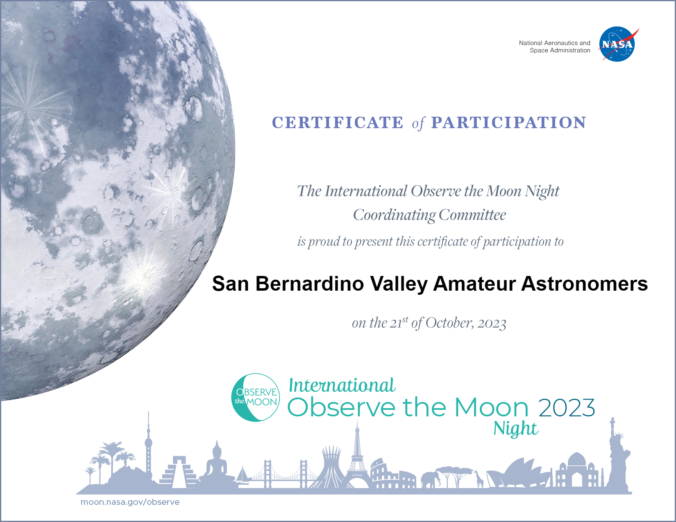
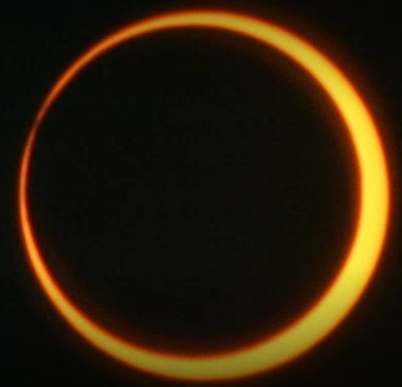




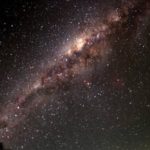
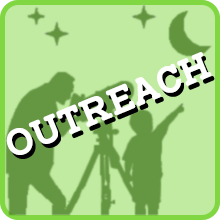
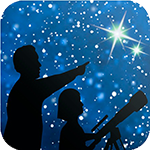

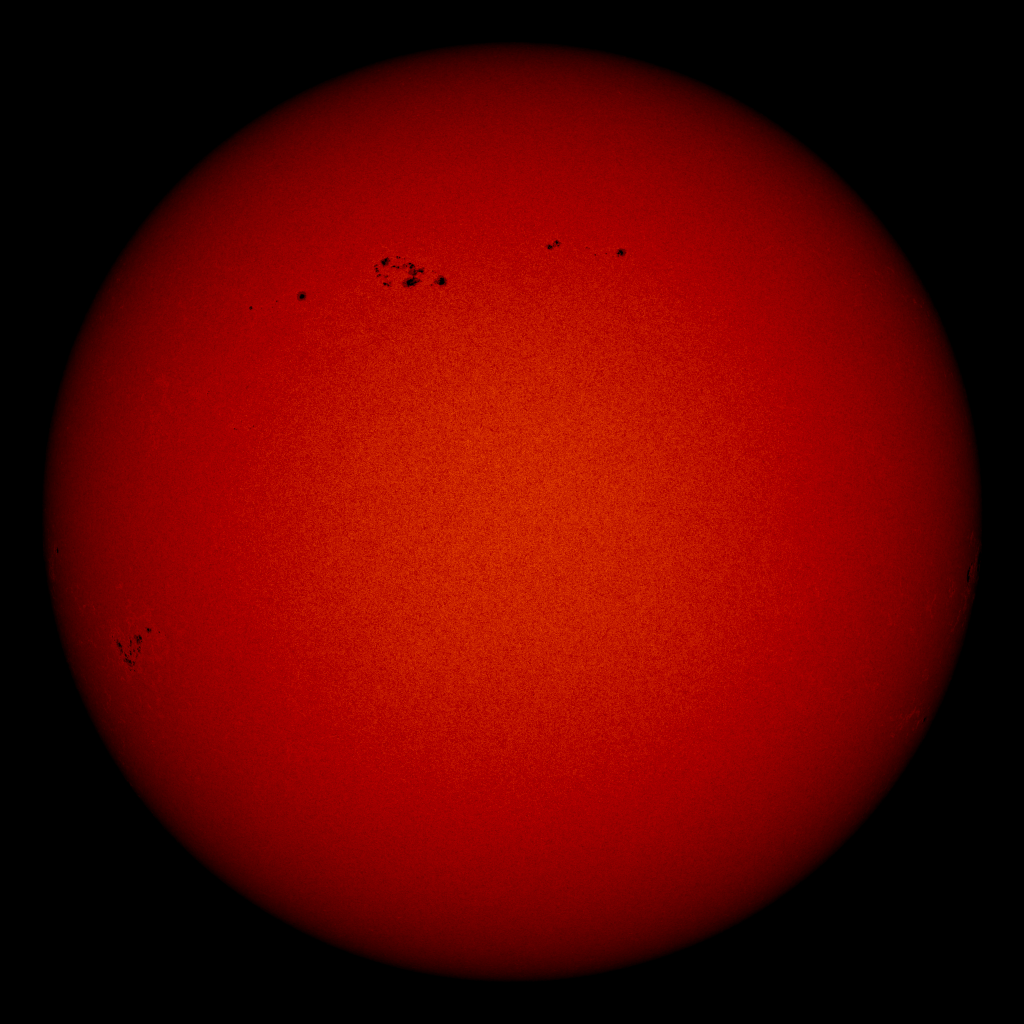

Recent Comments